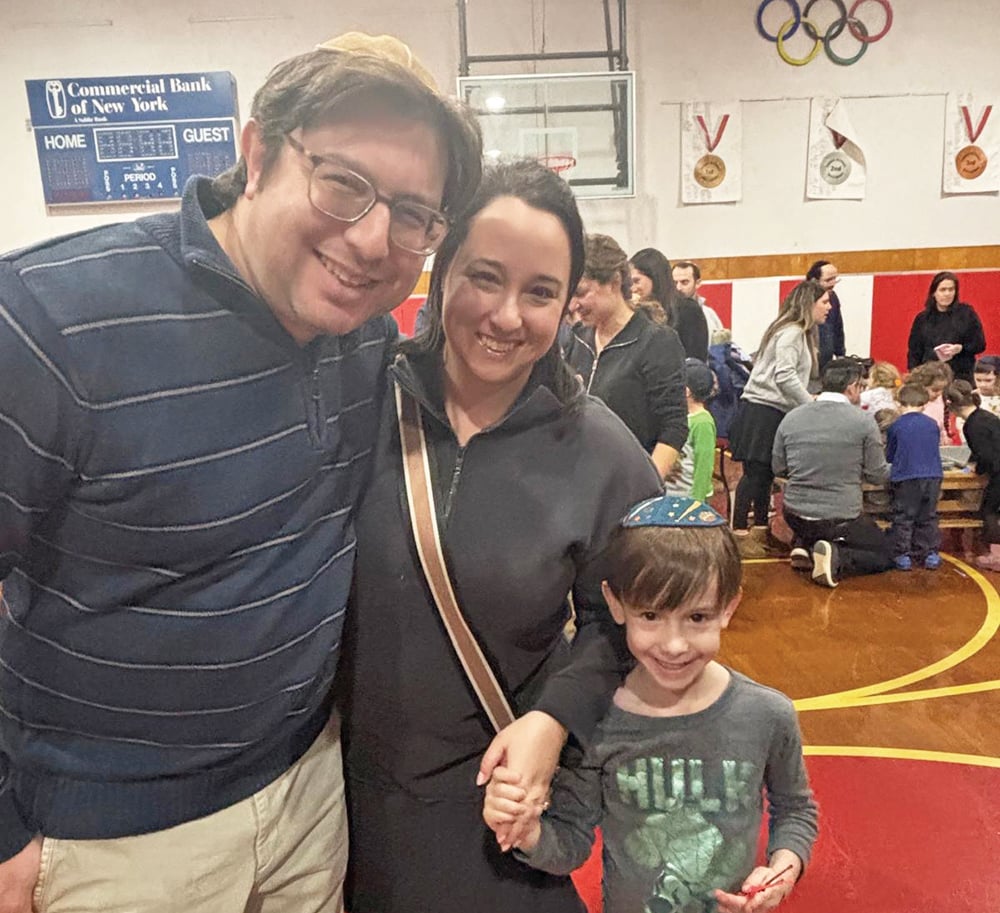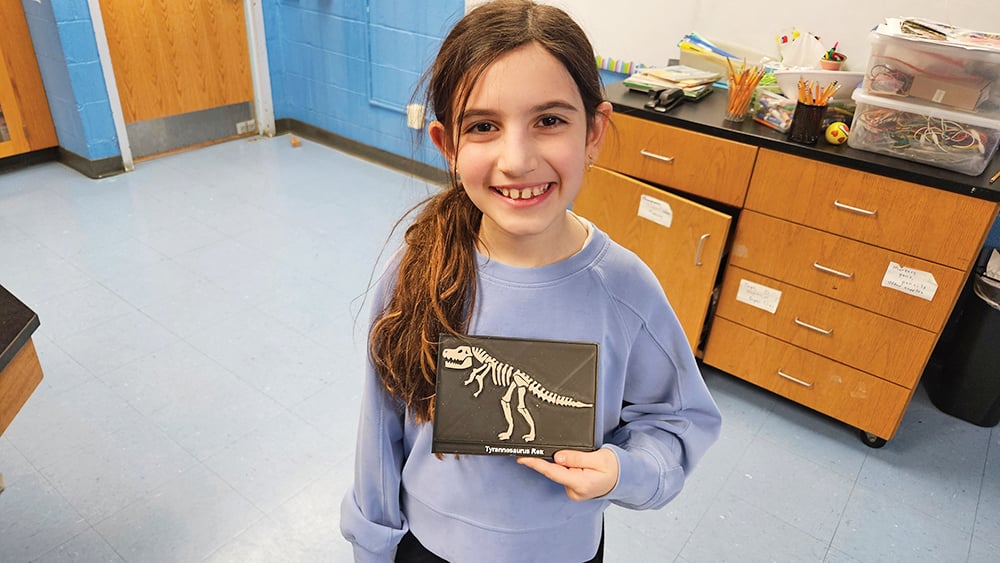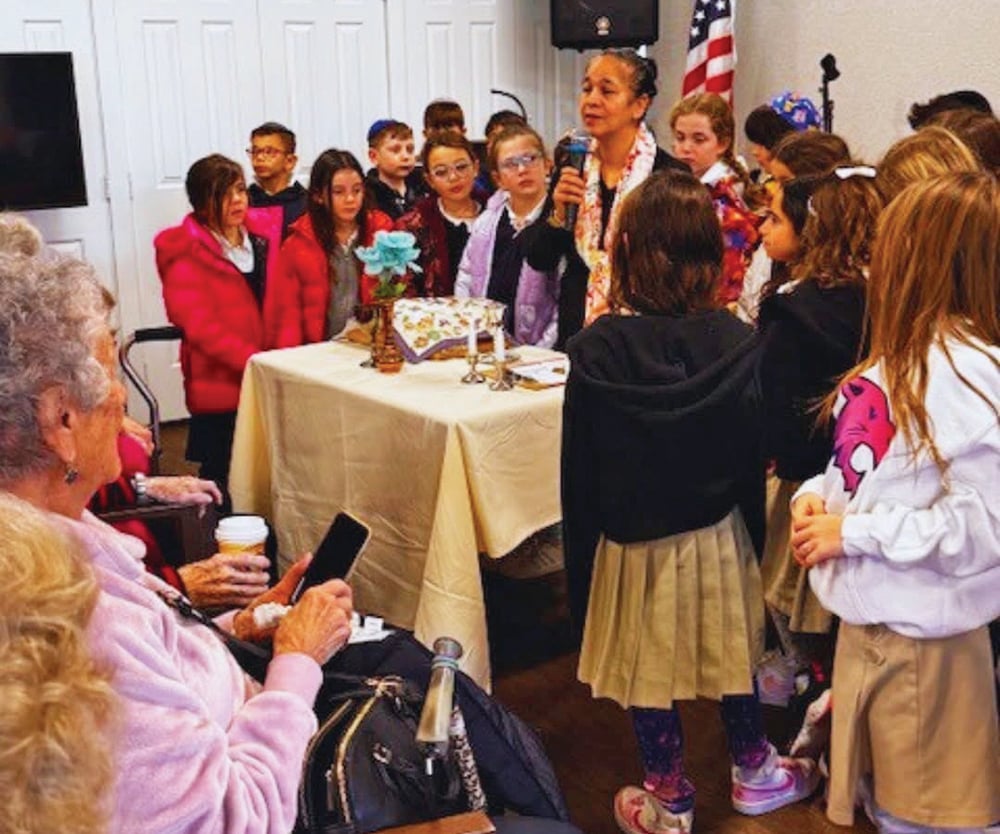In the initial article of this series, “If the Patriarchs Were My Clients,” we proposed six tenets for Special Needs Family Planning. They were:
1. Create a written financial plan
2. Create a Will and other Estate documents
3. Choose your fiduciaries wisely
4. Create a Special Needs Trust
5. Fund your trust
6. Create a Letter of Intent—Share your love
This article will focus on steps five and six; the need to fund your Special Needs Trust and the value of creating a letter of intent to pass on critical financial and personal information.
This past August was the last of four weddings for a client of mine and it marked a major milestone for her. As she stood under the chuppah beside her daughter, she completed the final step in raising, educating and launching all four of her children into the world.
Our professional relationship began about 11 years ago. Her husband was a successful executive. They lived a responsible and frugal lifestyle. But with four “over-achieving” children, all in day school, it was hard to save much.
We did a financial plan and took a close look at all of their assets and expenses. The best advice I could give them was to “add $1 million of insurance to your current insurance and plan to save like crazy when your last child is out of high school.” They took my advice and made the first few monthly premium payments on their insurance. One Saturday, my client’s husband laid down for a Shabbat nap and never woke up. Tragically, at 54, he was gone.
At the shiva, I approached my client, now a widow, and said the only thing I could think of that might make her feel better, “your husband loved you and took care of you and the kids. We know where every asset and policy is. You’ll be fine financially. Focus on you grief and I will be back in a week to begin the necessary paperwork.”
The proceeds from the life insurance, the accumulated assets and a continued frugal life style have made it possible for all the children to finish yeshiva. Additionally, all the kids have graduated from top private universities. Two have purchased apartments with Mom’s help. And now, all four weddings are paid for.
I learned two very important lessons from this experience that have formed the cornerstones of my practice. First, financial responsibilities usually arrive well ahead of our ability to save for them, so you must have a backup plan if the unthinkable happens. Second, after the funeral is the wrong time to try to figure out what assets a person had and where to find these assets.
Previously, I discussed the great power of a special needs trust. However, a trust is just a legal shell that needs to be filled with assets to have any value.
Almost any asset can be used to fund a special needs trust, but liquid assets are usually the best. Funds from a trust will be used to meet the supplemental needs of its beneficiary. Illiquid assets such as a home, other real estate, or collectables are valuable but cannot buy a TV, tickets to a ball game, or pay a bill. Often, the trustee will end up selling non-liquid assets.
Life insurance is one of the most cost effective ways to fund a trust. It offers immediate liquidity, is income tax free and provides full funding capability from the day it is put in place.
Many clients often ask about funding their trusts with term insurance, as it is initially inexpensive and relatively simple to understand. However, term insurance, which is generally designed to last for a 10, 20 or 30-year term period, can often be a poor choice for trust funding. The goal of term insurance is to protect a family from the premature death of the “bread winner.” While term insurance meets this goal well, it is usually not in place when the insured person reaches their natural mortality.
To fund a trust, you need insurance that you can be confident will be in place when you die, even if you outlast your expected mortality. This is what permanent insurance is for. It is more expensive than term insurance, but it will be there at the end as long as the premiums are paid and the policy remains in force. For couples, a second-to-die policy, i.e., an insurance policy that pays at the death of the second of two insured individuals, is often a cost effective strategy.
While parents are alive, they should continue to meet financial requirements of their special needs child from their savings and cash flow. Upon their death, assets and insurance are used to fund the trust. It is often a good idea to establish a special needs trust as part of the process of creating your will and other estate documents. However, funding is usually deferred until the death of the grantor. That way, any assets you have are unencumbered and portable while you are alive. Once assets are placed in trust, they must be used according to the directives of the trust.
Our lives are messy and keeping track of what we have can get complicated. Most people have multiple bank accounts. Many have investment accounts with more than one broker. They may have multiple insurance policies with different insurance companies. And today, everyone has secret passwords to all sorts of websites. If your life is complicated for you, imagine how confusing it is for someone else (your executor) to figure it out.
In my office, we recommend that our clients complete and maintain what we call a Family Love Letter—a confidential document that has all of their private information, including investment and savings accounts details, insurance policies, and all their other assets and liabilities. It has contact information for doctors, lawyers, and financial advisors. It includes credit card information and passwords, details about employee benefits and anything else someone would need in order to access the deceased person’s life.
If you think things don’t get lost along the way, let me share this with you. Both my in-laws died when my son was about 10. Around a year before his bar mitzvah we started getting letters from services announcing that they knew where there were accounts belonging to my in-laws. I checked the lost assets website in their home state and sure enough, I found an account with money. My wife completed the paperwork to reclaim the funds and we used them to pay for the bar mitzvah band. Thanks, Mom!
Before my daughter’s bat mitzvah a few years later, I jokingly asked my wife, “What are your parents doing for the bat mitzvah?” As a lark, I checked the lost assets website again and found more funds. We laughed till we cried but the real message was, without proper precautions, things get lost and forgotten.
I think of my love letter as a treasure map for my family and I make it a habit to update it every New Year’s weekend. I give a sealed copy to my executor who returns last year’s sealed copy to me. Some people use their birthday or anniversary as a trigger date.
A Family Love Letter doesn’t have to be just about financial data. For our special needs families, we suggest that they expand this process to include all the information that a guardian will need to know about a special needs child. It can include their medical history, medications, doctors, etc. It can also list other important personal and professional contacts. It is appropriate to include details about their likes and dislikes, services they receive and anything else that would be important to making a child’s transition to a world without parents easier. We call this a Letter of Intent and, although it is not a legal document, it is one of your most important and useful estate documents.
The Family Love Letter and the letter of intent are important references for managing your busy life. Among many couples, often one person is primarily responsible for the financial activities. They may know the details of the assets but the other person may not. Often one family member is the primary caregiver for a special needs child and is more intimate with their needs and wants. These documents are useful resources for anyone who may need to know what they don’t know.
The urban philosopher and great Yankee catcher Yogi Berra was fond of saying “when you get to the fork in the road, take it.” We may not always know the path we are going to take, but that doesn’t mean we can’t be prepared. For families with special needs (and others as well), creating a trust, making sure it is appropriately funded and documenting the details of your life are all ways of reducing the chaos and softening the challenges of life without you.
[email protected] or [email protected]
Zev Grossman and Bruce Maier are registered representatives who offer securities through AXA Advisors, LLC (NY, NY 212-314-4600), member FINRA, SIPC, investment advisor representatives who offer investment advisory products and services offered through AXA Advisors, LLC, an investment advisor registered with the SEC, and agents who offer annuity and insurance products offered through AXA Network, LLC. AXA Advisors and its affiliates and associates do not provide tax, accounting or legal advice or services. Please contact your tax and legal advisors regarding your particular circumstances. AGE-89835(11/13)(exp.11/15)
By Zev Grossman and Bruce Maier













